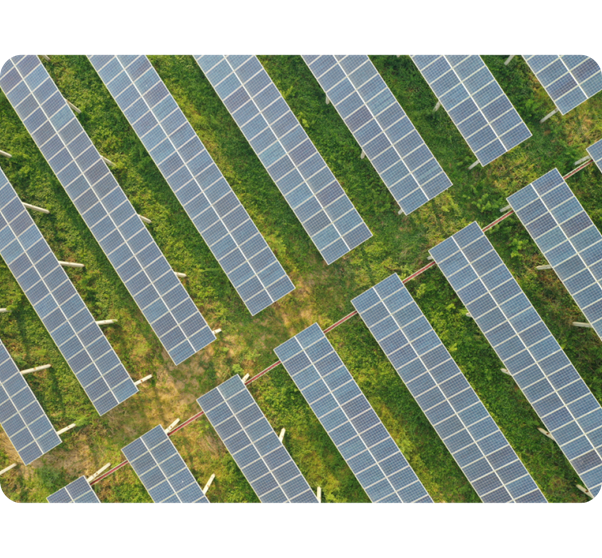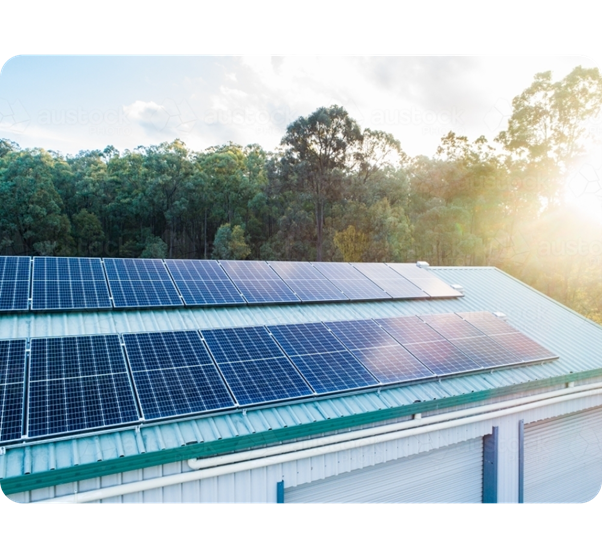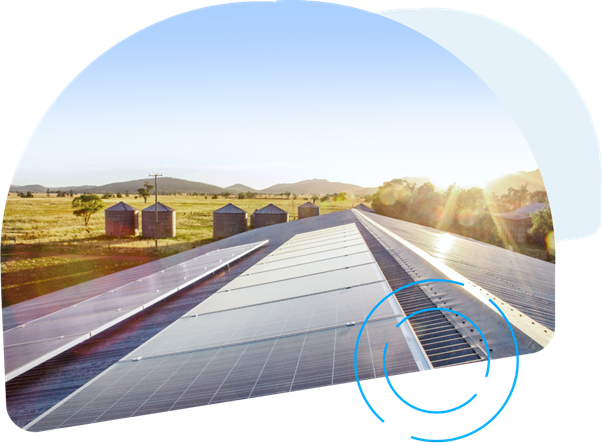Error message title

Error message title
Searching great energy plans for you

What is solar energy?
converted into electricity using a range of ever-improving techniques. Solar photovoltaic (PV) panels are currently the most widespread type of solar PV technology, however other types of solar PV are being developed that can be integrated into buildings, such as flexible PV and even PV paint.
That’s why companies like ENGIE are investing in solar energy, an inexhaustible energy source that sustainably meets our emerging energy needs.

How does a solar panel work?
Solar panels use sunlight to produce energy. Interestingly, they need the light, not the heat, and it’s common for panels to become less effective in extreme heat.
Solar panels have a layer of silicon cells, a metal frame, glass casing, and wiring to allow current to flow from the silicon cells. Silicon is semi-conductive so it can absorb and convert sunlight into electricity. When light is absorbed by a silicon cell, it causes electrons to start moving, which initiates a flow of electric current. This is known as the “photovoltaic effect”.
Pros Vs. Cons
Pros
- It’s a renewable and available resource
- It’s easy to install
- No noise occurs during energy production
- Low maintenance
Cons
- Energy can only be produced during daylight hours – that’s why we’re investing in storage solutions
- The amount of sunlight available depends on location, time of day, time of year and weather conditions
- Needs lots of space

